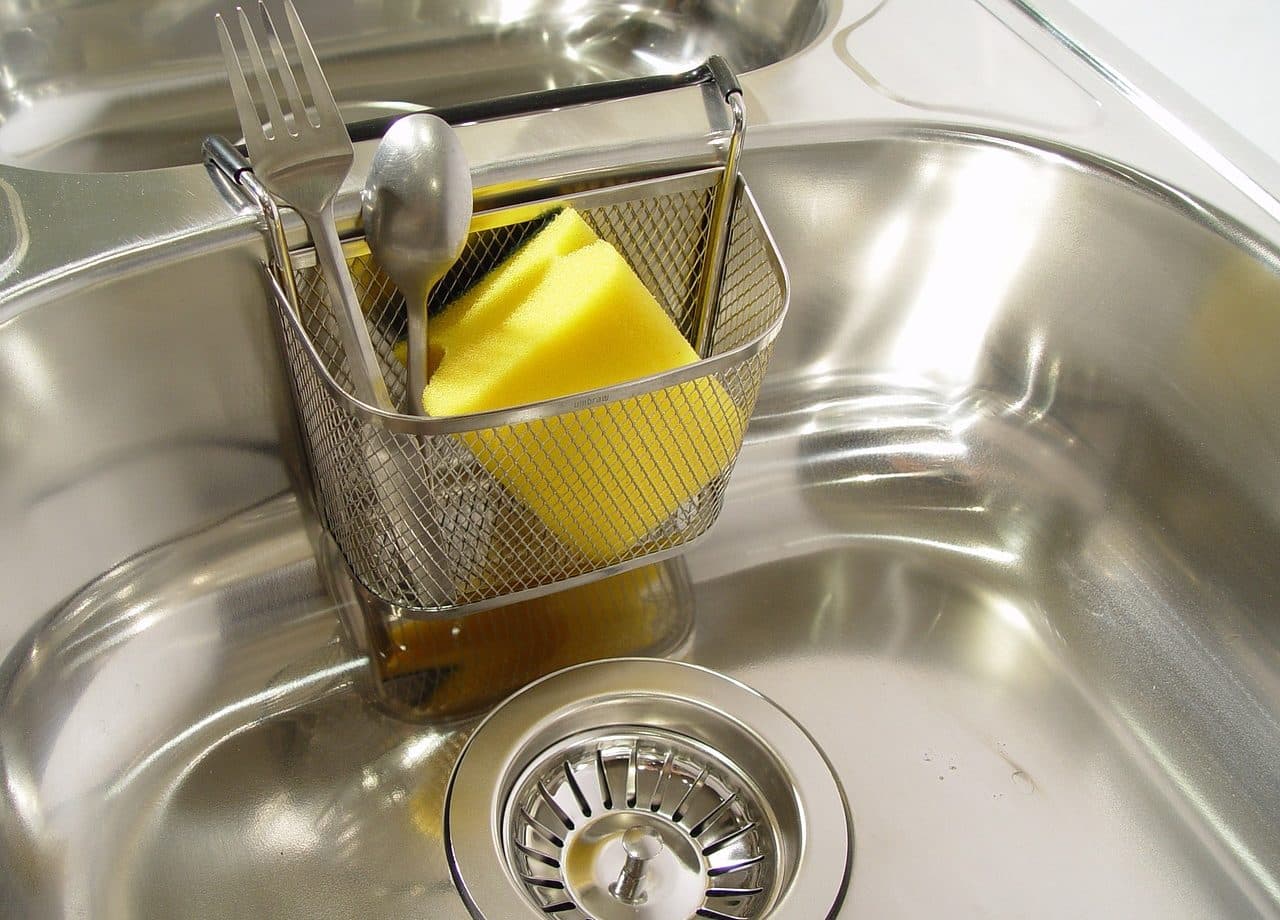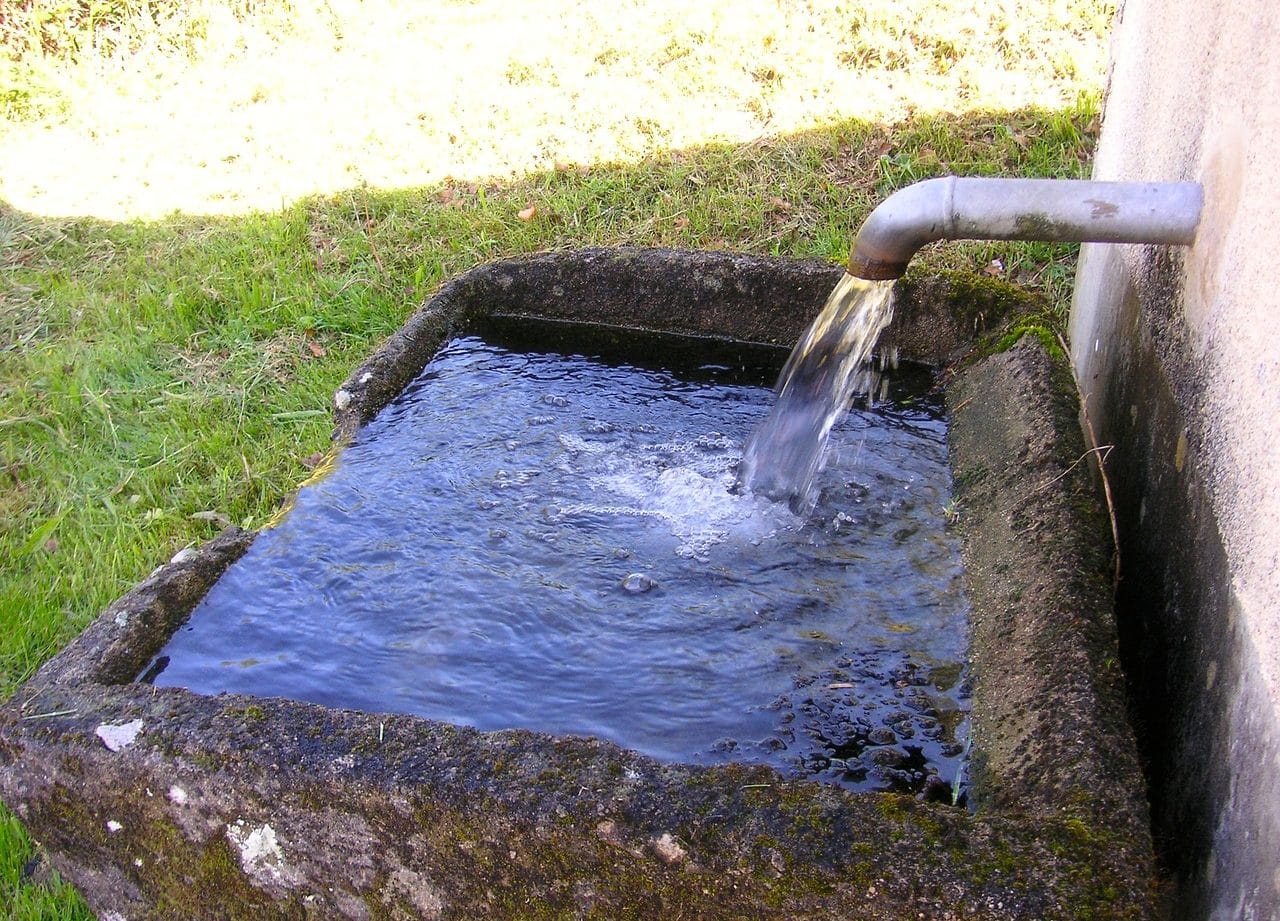
Dishes and cutlery are washed in the sink.
A sink is a basin or basin that is used for scrubbing : scrubbing (rubbing) something with something else. Generally, scrubbing refers to cleaning an element by scrubbing it with a sponge, a cloth or a brush that is soaked with water and an appropriate product (such as a detergent or some type of soap ).
concave structure
The sink is a deep structure , concave in shape, where the water used for washing falls.
Also called batea or bacha in some regions, the sink is usually located in the kitchen and is used to wash dishes, cutlery and the rest of the objects used to prepare, serve and consume food .
The sinks can be constituted as a unit or have divisions to create different receptacles or buckets. A sink that has more than one basin allows you to organize the washing of utensils in different ways (for example, allocating one basin to washing and another to rinsing the implements).
It is important to keep in mind that washing dishes and dishes is an everyday action, which makes the sink a key piece of any home. Although washing can be done in the machine known as a dishwasher , the task is usually carried out manually.
History
The first sinks were wooden or stone containers. Over the years, other materials began to be used, such as cement , marble and stainless steel . The sink is a fundamental element in most modern kitchens and bathrooms, but its history dates back to ancient times.
The first signs of drainage and washing systems date back to ancient civilizations. In ancient Rome, for example, sewer systems and aqueducts were developed to carry water and remove waste. Evidence has been found of stone sinks used for clothing and utensils. In the Middle Ages, kitchens in houses and castles often had stone tables with a sloping surface towards one end where water ran into a drain. However, these early versions were rudimentary and lacked the structure and efficiency of modern sinks.
With the Industrial Revolution and advancements in manufacturing, sinks began to evolve. In the late 18th century, they were developed using cast iron , with drains and taps . These were heavy and required installation on a separate stand. During the 19th century, with increased urbanization and improved technologies, porcelain sinks appeared, which were more hygienic, easy to clean, and better integrated into the aesthetics of kitchens and bathrooms.
In the 20th century, with the development of new materials and technologies, sinks continued to evolve. The introduction of stainless steel as a manufacturing material allowed the creation of durable, corrosion-resistant and easy-to-clean versions. In addition, the designs were diversified to adapt to different needs and decoration styles. Today, they are available in a wide variety of features, from built-in and undercounter to pedestal. They also feature modern features like sensor faucets, water filtration systems, and specialized drainage options.

The first sinks were made of wood or stone.
Messy, dirty or chaotic
In some contexts, sink (or sink ) can be used colloquially to refer to "a messy, dirty, or chaotic situation or place." For example: "This is a sink!" "Let's see if you can clean this sink once and for all!" .
In everyday speech, fregadera (feminine noun) is used in some Latin American countries, especially in Mexico, to refer to the kitchen sink. It is important to mention that the term is not in common use in all Spanish-speaking regions, so its meaning may vary depending on the place and context in which it is used.
